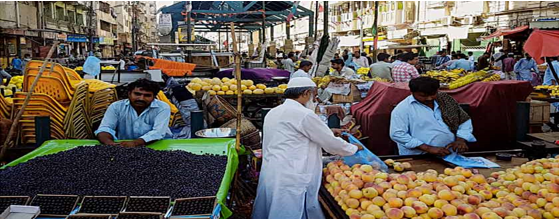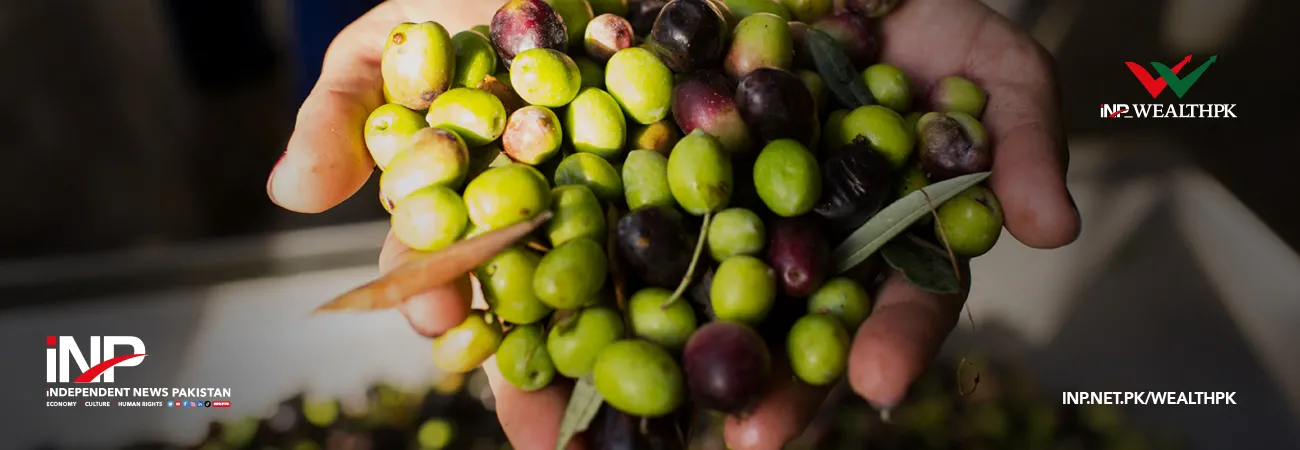INP-WealthPk
Farooq Awan
Pakistan’s non-agricultural workforce remains predominantly informal, with 72.1 percent of employed persons classified as informal sector workers in 2024-25, according to findings of the latest Labour Force Survey. The Pakistan Bureau of Statistics has released the 37th round of the Labour Force Survey, which documents trends in formal and informal sector engagement across provinces, gender groups, and occupational categories.
According to the document available with Wealth Pakistan, the informal sector continues to account for more than seven out of ten workers in non-agricultural employment, highlighting the structure of Pakistan’s labour market and the nature of economic activity in urban and rural settings. The survey defines informal sector employment as work performed by individuals and enterprises that are not registered, regulated, or formally documented under relevant laws.
The formal sector, by contrast, includes enterprises and employees registered under official frameworks. The 13th International Conference of Labour Statisticians (ICLS) definition is used for the non-agricultural classification, while the 19th ICLS definition provides an overall classification including the agricultural sector. Under the 13th ICLS definition, informal employment constitutes 72.1 percent of non-agriculture employment in 2024-25, compared to 72.5 percent in 2020-21.
This indicates a marginal decline in informal employment, while formal employment has increased slightly from 27.5 percent to 27.9 percent. The informal sector share is higher in rural areas than in urban regions. In rural Pakistan, informal employment accounts for 75.5 percent of non-agricultural workers, whereas in urban areas it stands at 68.3 percent. In contrast, formal sector employment is 24.5 percent in rural areas and 31.7 percent in urban areas.
The survey also shows gender-related patterns. Female participation in the formal sector is higher than male participation at the national level. In 2024-25, 33.7 percent of female non-agricultural workers are in the formal sector compared to 27.0 percent of male workers. Male workers, however, dominate the informal sector, where 73.0 percent of male non-agricultural workers are employed compared to 66.3 percent of females.
Under the 19th ICLS definition, which covers both agricultural and non-agricultural sectors, the share of informal employment rises to 80.8 percent of total employment. The formal sector accounts for only 19.2 percent of the overall workforce. Provincial patterns show that the formal sector maintains higher shares in Punjab and Sindh, driven largely by urban labour markets, while Balochistan and Khyber Pakhtunkhwa report higher informal employment levels.
The survey provides detailed informal sector distributions by major industry divisions, indicating that wholesale and retail trade, construction, transport, and small-scale manufacturing account for a significant share of informal jobs. The Labour Force Survey includes extensive occupational and demographic breakdowns. Many informal workers are concentrated in elementary occupations, craft-related trades, machine operation, and service activities.
The survey indicates that informal sector employment is prominent among own-account workers and contributing family workers. These categories include workers who operate small, unregistered enterprises or assist family businesses without formal contracts. The survey also presents educational attainment of informal workers, which shows substantial representation across all education levels, including individuals with no schooling and those with primary or middle education.
The report further documents the characteristics of formal employees. Workers in the formal sector are concentrated in manufacturing, education, health, public administration, and corporate services. These workers are more likely to have written contracts, registered employment status, and access to benefits. The survey provides province-wise distributions of formal employees, showing significant urban concentration.
The occupational structure of formal employment encompasses professional, technical, managerial, clerical, and service positions. Data used in the Labour Force Survey is collected from households selected through a stratified two-stage sampling design. In total, 53,974 households were interviewed across 3,796 sample blocks, with coverage across all four provinces and Islamabad.
Field operations were conducted quarterly from July 2024 to June 2025. The survey uses the 2023 census as the base population, adjusted with an annual growth rate of 2.075 percent. Employment indicators are reported under both the 13th and 19th ICLS frameworks for comparability with the previous 2020-21 survey.

Credit: INP-WealthPk











